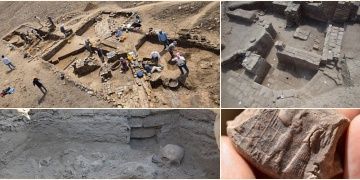
Archaeological Finds tell who the owner of Babylonian Villa was. His name was Sîn-nada, and he was essentially high priest and managing director of the second most important temple in Ur, an office which made him a personage of considerable…

The Source presents the test experiment to investigate one of UNESCO’s (United Nations Educational, Scientific and Cultural Organization) world heritage objects, an archaeological site in the Naryn-Kala citadel (Derbent, Republic of Dagestan, Russian…
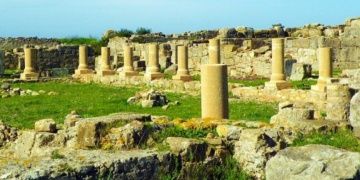
The Ministry of Culture of Morocco, plans to launch a national pilot program to promote archeological sites across the country. The project comes as part of a cultural and economic development strategy, adds the press release.
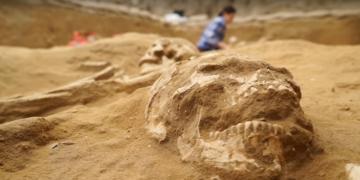
Ancient DNA has shed fresh light light on the origins of the legendary Biblical people who gave their name to mindless thuggery. It suggests they descended from migrants who crossed the Mediterranean and reached the shores of modern-day Israel,…
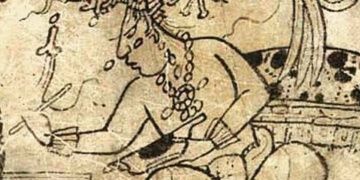
The Role of Diet in Resilience and Vulnerability to Climate Change among Early Agricultural Communities in the Maya Lowlands

The Department of Antiquities has announced the discovery of an ancient shipwreck in the sea off Protaras, Cyprus.

Prehistoric stone engraved with horses found in France. Markings appear on both sides of the sandstone, the National Archaeological Research Institute said.
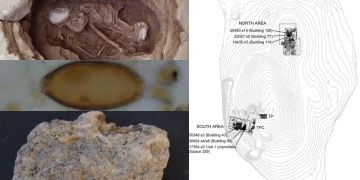
Çatalhöyük is one of the earliest Eurasian sites to undergo palaeoparasitological analysis to date. The results inform how intestinal parasitic infection changed as humans modified their subsistence strategies from hunting and gathering to settled…

The shape of the pottery confirms that it dates back to more than 332 BC. Underwater find off Lebanon coast points to fleet of ancient Greek ships

Large Islamic necropolis excavated in Spain's Balearic islands. The typology of the graves, the absence of ceramic pieces, and the orientation of the remains indicate that it is an Islamic necropolis.

Chinese ceramic sherds dating to the Tang and Song dynasties (9th to 11th centuries AD) that have been recovered in Spain proved that trade links already existed between China and Western Europe along the Maritime Silk Road at that time.
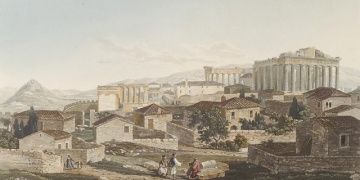
Turkish researchers Prof. Dr. Fatma Zeynep Aygen and Orhan Sakin presented the results of a long study of the Ottoman Empire’s official documents, which are related to Lord Elgin and stressed the fact that: “All the firmans as well as their contents,…

Scientists have discovered that both foxes and dogs were domesticated. Also Scientists say; large dogs used for transporting loads.
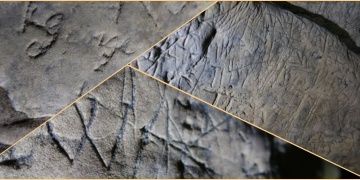
Protection marks are most commonly found in medieval churches and houses, near the entrance points, particularly doorways, windows and fireplaces.
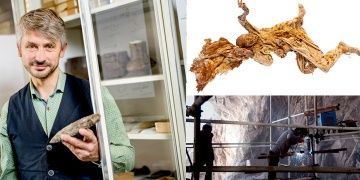
Thomas Stöllner is expert on the archaeology of salt mines and has been conducting research in Iran for 17 years. He has been involved in the Chehrābād project since 2005.
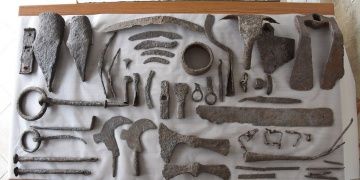
1,500-year-old farming and carpentry tools found in Northwest Turkey

Archaeologists discovered the largest family tomb known since the studies of the necropolis of Apollonia. It has a rectangular shape, 6.2 x 8 metres.
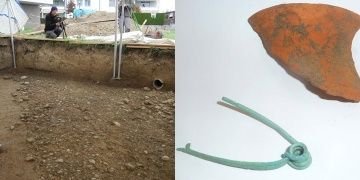
Swiss archaeologists uncover rare Celtic remains
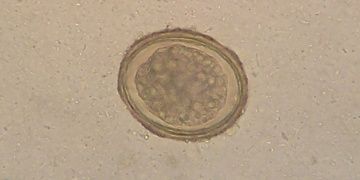
Molecular archaeoparasitology identifies cultural changes in the Medieval Hanseatic trading centre of Lübeck

Tooth oxygen isotopes reveal Late Bronze Age origin of Mediterranean fish aquaculture and trade... The analyses showed that some of the gilthead sea bream originated from the southeastern Mediterranean but that roughly three out of every four must…
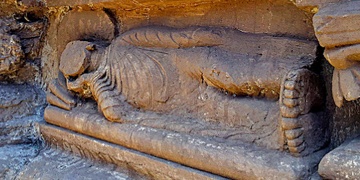
Pakistan'daki bir Stupa'da, 1.700 yıllık, 14 metre 63 santimlik Uyuyan Buda heykeli keşfedildi.


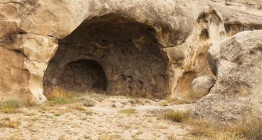


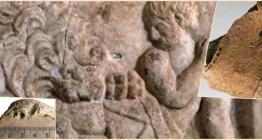

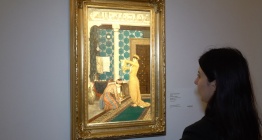























 Titanik'te yazılan mektup müzayede ile satıldı
Titanik'te yazılan mektup müzayede ile satıldı  Arkeolojinin uzayla imtihanı: Antik astronotlar, uzaylılar ve kayıp uygarlık tezleri
Arkeolojinin uzayla imtihanı: Antik astronotlar, uzaylılar ve kayıp uygarlık tezleri  Divriği Ulu Camisi ve Darüşşifası'nı restorasyondan sonra 72 bin kişi ziyaret etti
Divriği Ulu Camisi ve Darüşşifası'nı restorasyondan sonra 72 bin kişi ziyaret etti  Girit'ten Side'ye Kültür ve Lezzet Festivali başladı
Girit'ten Side'ye Kültür ve Lezzet Festivali başladı 

